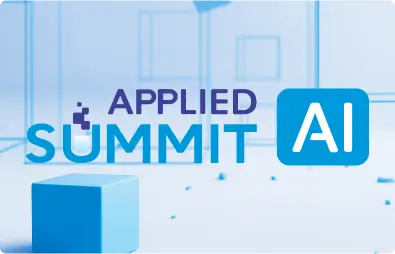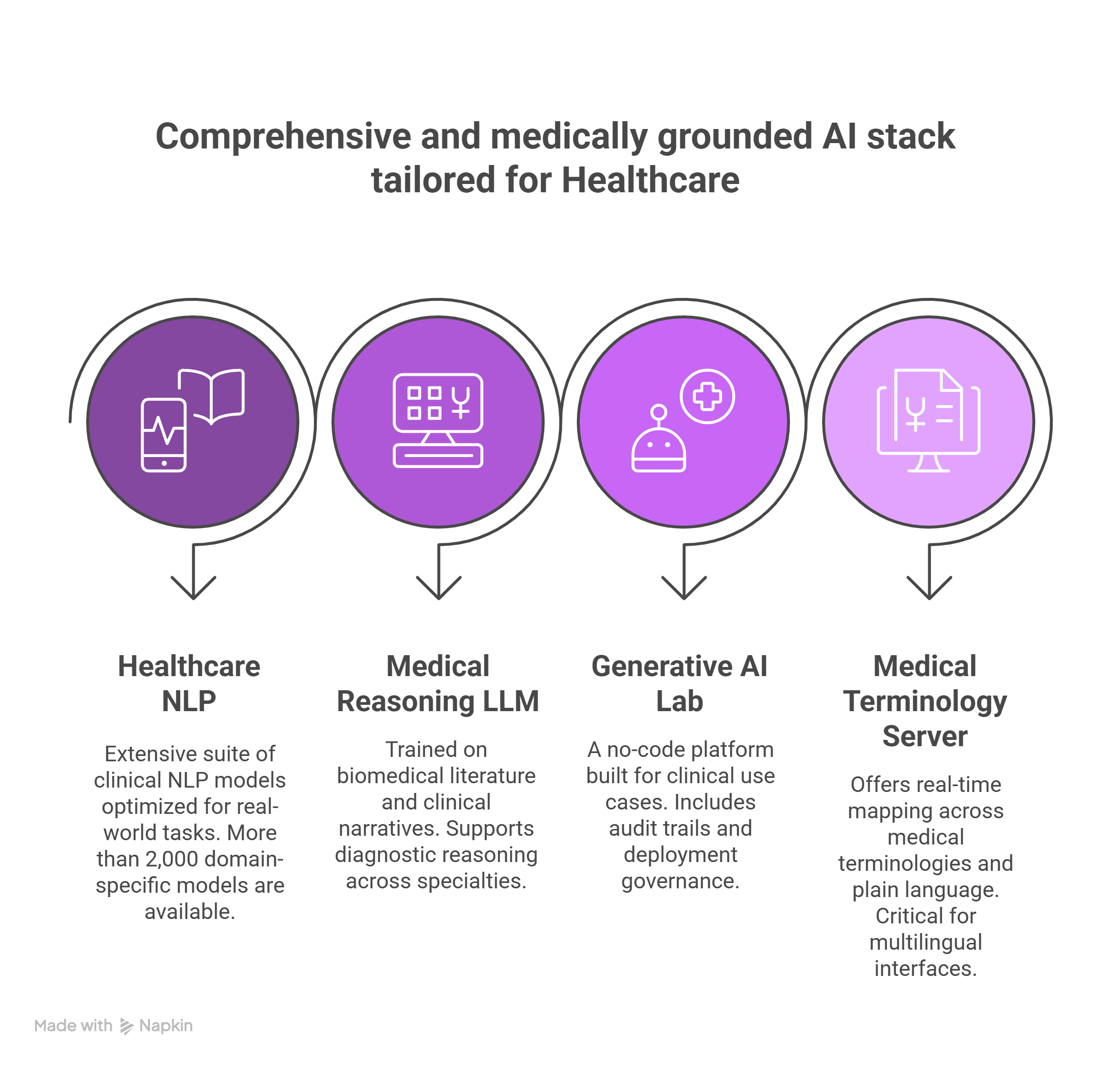It’s 7:30 a.m. on Monday. A 42-year-old patient logs into her health system’s virtual assistant, concerned about burning while urinating that started overnight. Within minutes, she’s answering context-aware questions, not generic symptom checklists, but clinically nuanced questions that adapt to her responses. Does she have a fever? Is there a probability of being pregnant? Has she had bloody or colored urine?
By 7:38, the assistant generated a structured summary of her symptoms, flagged potential red flags, and recommended a telehealth appointment that morning. The on-call physician, reviewing the summary, sees more than just “burning while urinating”. She sees a timeline, relevant differentials, and a rationale, all structured in clinical terms like “dysuria without fever”. Care starts sooner, documentation is easier, and risks are reduced.
This is not the future; it’s the reality being built today through domain-specific conversational AI, and it’s transforming how patients access diagnostics and support.
What is the new interface enabling clinical precision?
Healthcare has long relied on structured visits and reactive care. But patients don’t live in appointment blocks; they experience symptoms, side effects, and confusion at all hours. Conversational AI offers a bridge between need and response, enabling patients to report concerns and receive guidance anytime.
The critical innovation lies in the intelligence behind the conversation. John Snow Labs’ suite of healthcare-specific AI technologies, Healthcare NLP, the Medical Reasoning LLM, Generative AI Lab, and the Medical Terminology Server, enables these agents to do far more than schedule appointments. They interpret clinical nuance, map unstructured narratives to standardized terminology, and support clinical reasoning with precision.
In our scenario, the agent asking about burning while urinating didn’t stop at “describe the burning.” It asked about intensity, duration, history, and associated relevant symptoms as fever or current pregnancy, then contextualized the answers in SNOMED CT codes and clinical language. This is made possible by a foundation model trained on medical literature and real-world clinical notes, fine-tuned for exactly these use cases.
Every patient narrative begins in their own words. Turning that into structured, actionable data is one of the most powerful contributions of conversational AI. With Healthcare NLP, John Snow Labs provides over 2,000 pre-trained models to extract symptoms, medications, procedures, and temporal markers, all with medical-grade accuracy.
These capabilities are embedded in Generative AI Lab, a no-code platform that lets domain experts build and validate conversational workflows without writing a single line of code. The platform supports human-in-the-loop validation, ensuring clinical oversight remains central. Every interaction can be traced, audited, and improved.
That traceability matters. Whether supporting diagnostics, tracking post-discharge recovery, or helping patients manage chronic conditions, these agents must operate within strict privacy and safety boundaries. That’s why John Snow Labs built its infrastructure to comply with HIPAA, GDPR, and custom enterprise policies from day one.
 How is the conversational AI evolving in clinical domain?
How is the conversational AI evolving in clinical domain?
As our patient continues through her care journey, the AI assistant doesn’t disappear. It follows up after the telehealth visit, reminding her to pick up her prescription, checking on side effects, and offering resources for lifestyle changes. It adapts its language to her literacy level and delivers all responses in her preferred language.
This ongoing support isn’t about replacing clinicians. It’s about extending their reach. When staff are stretched thin, when patients hesitate to call, when small concerns could become big ones, conversational AI steps in.
How can AI build trust in high-stakes clinical conversations?
Healthcare is personal. That means trust is paramount. John Snow Labs ensures every conversational deployment includes explainability, escalation logic, and clinician oversight. The Medical Reasoning LLM doesn’t just suggest differentials; it explains its logic. If uncertainty arises, the agent knows when to stop and route to a human.
Bias mitigation, transparency, and regulatory alignment are not optional; they are built into the platform’s DNA. For organizations navigating digital transformation, this makes conversational AI both a clinical asset and a compliance ally.
What is the broader impact of AI on healthcare communication?
Across virtual primary care, behavioral health, and specialty navigation, these tools are quietly transforming care delivery. While not every implementation is public yet, the design and capabilities of John Snow Labs’ solutions point clearly to scalable, safe, and clinically aligned applications in these domains.
Each conversation becomes a data point. Each interaction adds context. Over time, these systems help identify population-level trends, enable proactive interventions, and elevate care quality, without overwhelming providers.
How can you reimagine patient conversations using conversational AI?
If you’re exploring how to enhance diagnostic accuracy and patient engagement through conversational AI, John Snow Labs offers the infrastructure, models, and validation tools to get you there. Learn more about Healthcare NLP or explore the Generative AI Lab to see how no-code, compliant AI can elevate your virtual care strategies. You can also request a personalized demo.

























 How is the conversational AI evolving in clinical domain?
How is the conversational AI evolving in clinical domain?




